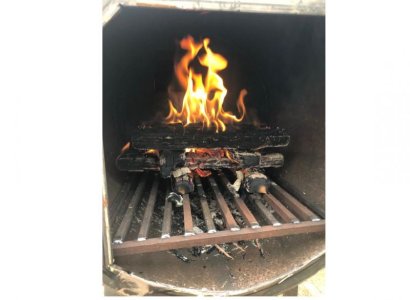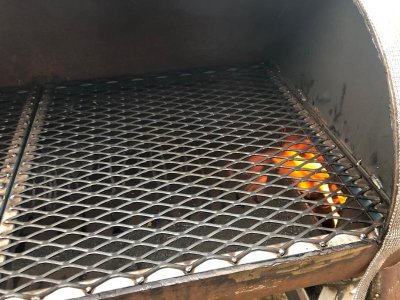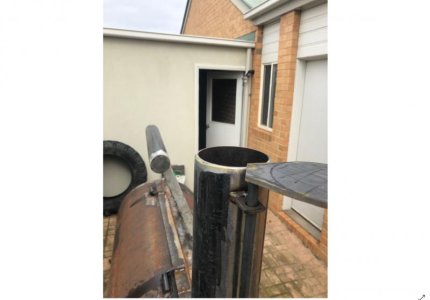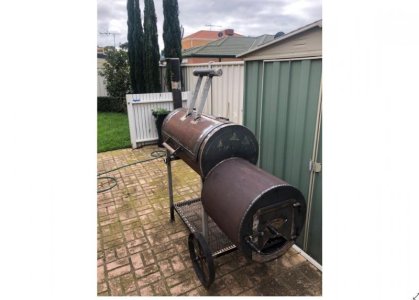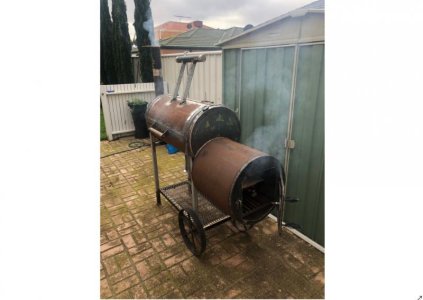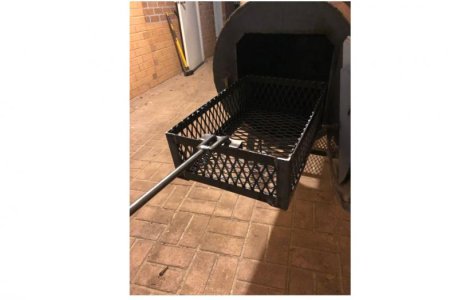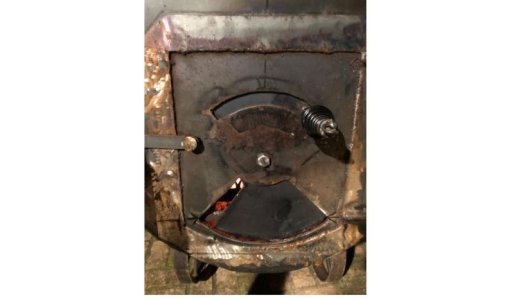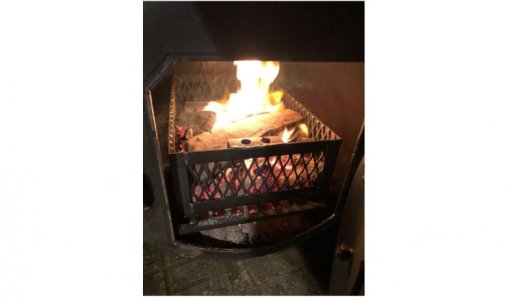ebijack
Babbling Farker
IMHO you only need one thermo to use as a reference. Once you know your cooker, you will know the temp zones/differences. Buy using a few oven style ones placed on grates where you will know more about what temps are and where.
Soon you won't need the extra thermos.
Also by using your hand over top of the exh stack you should be able to know what the cooking temp is no matter how much meat you put on. If that makes sense.
IHMO, there is a problem with to much draft. You can pull thru so much air so fast, you are not allowing the smoke to surround and kiss the meat. The smoke is supposed to draft by. Not go zipping by like it is under pressure. And you burn alot more wood for no reason. But that is me.
Soon you won't need the extra thermos.
Also by using your hand over top of the exh stack you should be able to know what the cooking temp is no matter how much meat you put on. If that makes sense.
IHMO, there is a problem with to much draft. You can pull thru so much air so fast, you are not allowing the smoke to surround and kiss the meat. The smoke is supposed to draft by. Not go zipping by like it is under pressure. And you burn alot more wood for no reason. But that is me.

